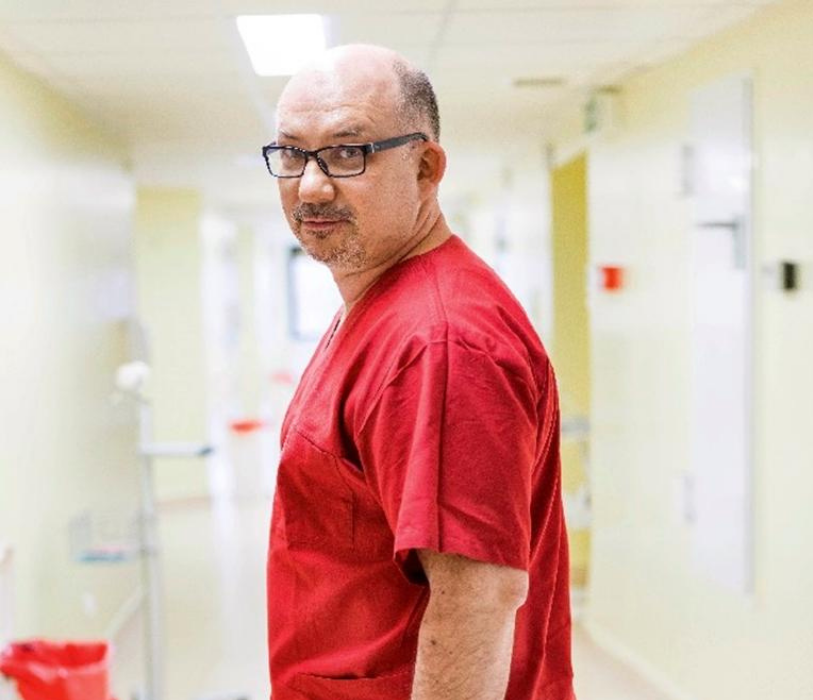GS2 Presidential Symposium - Monday, March 21, 14:15 - 15:45 CET, Congress Hall / Virtual Hall 1
Author team: Prof. Dr. Sebastian Giebel, National Research Instutite of Oncology, Gliwice, Poland and colleagues
Q: Congratulations on your inclusion in the President’s Symposium Sebastian. Tell us about you.
A: I am Prof. Sebastian Giebel, a medical doctor and Head of the Dept. of Bone Marrow Transplantation and Oncohematology, Maria Sklodowska-Curie National Research Instutite of Oncology, Gliwice, Poland.
My other roles include as Secretary of Acute Leukemia Working Party of the EBMT and Chairman of the Polish Adult Leukemia Group (PALG and the Polish Lymphoma Research Group (PLRG)
Q: Why did you decide to do this study?
A: Allogeneic haematopoietic cell transplantation (allo-HCT) is widely used for the treatment of adults with high-risk acute lymphoblastic leukaemia (ALL). Matched unrelated volunteers (MUD) are the most frequent donor type. Although the results tend to improve over time, still around 40% of patients die due to disease recurrence or non-relapse mortality (NRM). Hence, there is a continuous need for optimisation of the procedure. Graft-versus-host disease is one of the major causes of NRM. The recommended GVHD prophylaxis includes anti-thymocyte globulin (ATG). An alternative approach, introduced in recent years, is based on the use of cyclophosphamide on days 3 and 4 after transplantation. These two methods have never been compared in a prospective or retrospective way.
Q: What were the main findings?
A: We were able to identify 117 and 779 adult patients with ALL in first complete remission receiving PTCY and ATG, respectively, as part of their MUD-HCT procedure. Although we could not find statistically significant differences regarding the incidence of GVHD and NRM, such differences could be observed with regard to other study endpoints. In both univariate and multivariate analyses, the use of post-transplant cyclophosphamide was associated with reduced risk of relapse and improved leukemia-free survival, which means increased chance of cure. The probability of leukemia-free survival for patients treated with post-transplant cyclophosphamide was as high as 71% at 2 years while the chance of overall survival was 82%.
Q: What are the implications for the findings, and will you be following up the study?
A: It would be optimal to verify our findings in prospective clinical trial, which is, however, unlikely. I believe that our results are sound enough to influence clinical practice and enhance clinicians to use post-transplant cyclophosphamide in MUD-HCT setting for adult patients with ALL.
Allo-HCT for ALL is a wide area of investigation. Many papers have been published by the ALWP of the EBMT in recent years regarding the impact of donor type, conditioning regimens, molecular features of the disease, pre- and post-transplant interventions on results of allo-HCT in this disease. Some new analyses will be presented during this EBMT meeting. Some others will be released soon in scientific journals. I believe that our research will contribute to further improvement of the prognosis of our ALL patients.
Thanks Sebastian and enjoy EBMT 2022!
